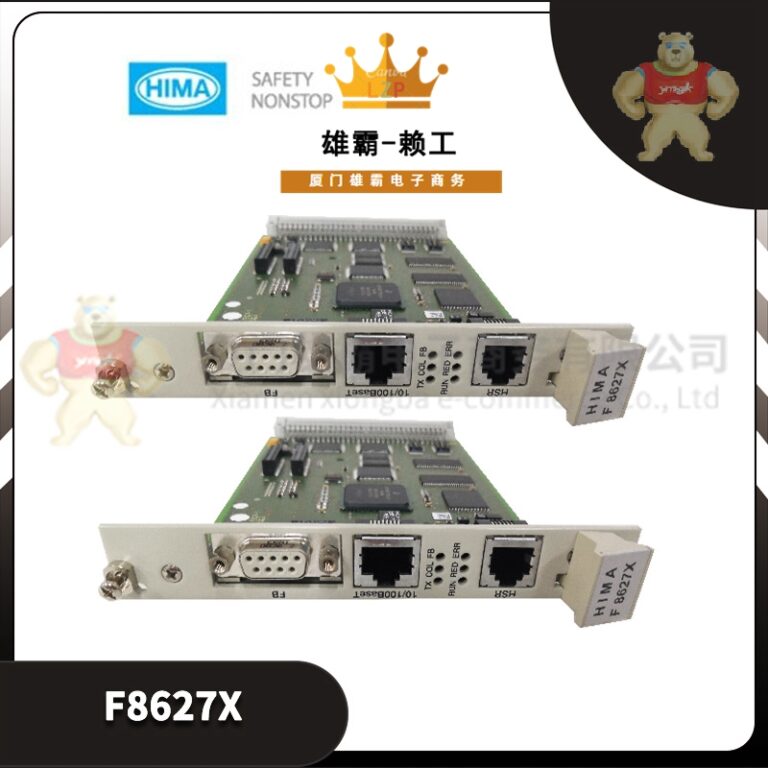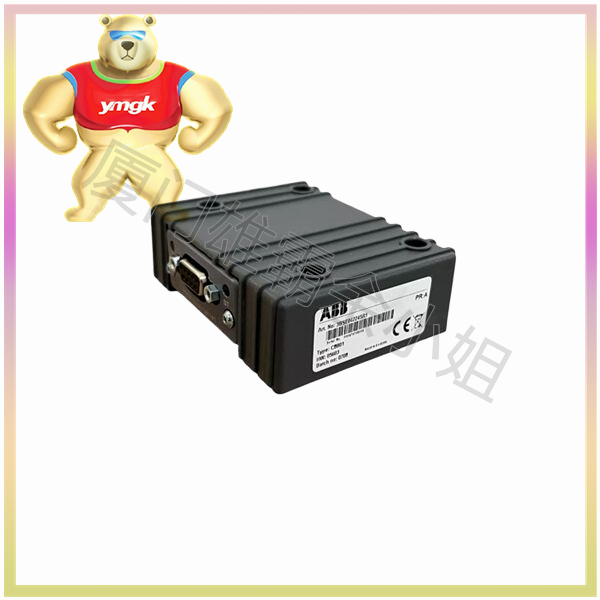The flame sensor is a digital and analog dual input module that can detect flames. It is suitable for all occasions where flame detection is needed, such as fire extinguishing robots and flame alarms.
Its working principle is that it can detect the short wave near-infrared (SW-NIR) emitted by flames in the wavelength range of 700-1100 nm (nanometers) and output it through electrical signals (voltage signals).
Common units include millimeters (mm), centimeters (cm), decimeters (dm), kilometers (km), meters (m), micrometers (μ m), nanometers (nm), and so on. Electromagnetic waves in the infrared range, NIR is often divided into short wave near-infrared (SW-NIR) and long wave near-infrared (LW-NIR), with wavelength ranges of 700-1100 nm and 1100-2500 nm, respectively.
Adopting a five channel flame sensor design, the detection range is wide (the detection range of a typical single flame sensor is about 30 °, gradually decreasing with distance, and the detection range of this product is greater than 120 °). Capable of outputting digital signals (high and low levels), easy to use. Capable of outputting analog signals (voltage signals), suitable for high-precision applications.
- All five outputs have status indicator lights, which brings great convenience both in debugging and practical application. 5. The detection distance of digital output is adjustable, and the sensitivity of analog output is adjustable, making the design more flexible. 6. Three M3 mounting holes are installed on the board for easy installation. 7. Power supply voltage: 3.3V-9V, compatible with most microcontroller systems. 8. Detection wavelength: 700-1100 nm. 9. Detection distance: greater than 1.5m.
For analog output: rotating counterclockwise (to indicate the area of increase) increases sensitivity, allowing for high voltage output with minimal input; For digital output: rotate counterclockwise (to mark the area of increase), detect the increase, and obtain digital output from a long distance; Attention to adjusting knob: 5 channels share one adjusting knob.

Connect the flame sensor to the digital or analog pins of the expansion board according to the requirements. 1. VCC external 3.3V-5V, 2. GND external GND (negative pole), 3. DO digital signal output interface (0 and 1), 4. AO analog signal output. When the soil is short of water, the sensor output value will decrease, otherwise it will increase. Attention: The positive and negative poles cannot be reversed, as it may burn out the sensor.
Analog signal: As the flame intensity increases, the output voltage rises; Digital signal: High level indicates flame (indicator light on), low level indicates no flame (indicator light off). Sunlight has a certain impact on it, so it should be avoided during use. To reduce interference, a heat shrink tube can be heated at the sensor end. Although this sensor is used to sense flames, it is not fire-resistant. Therefore, please keep a distance from the flame when using to avoid burning out the sensor.






